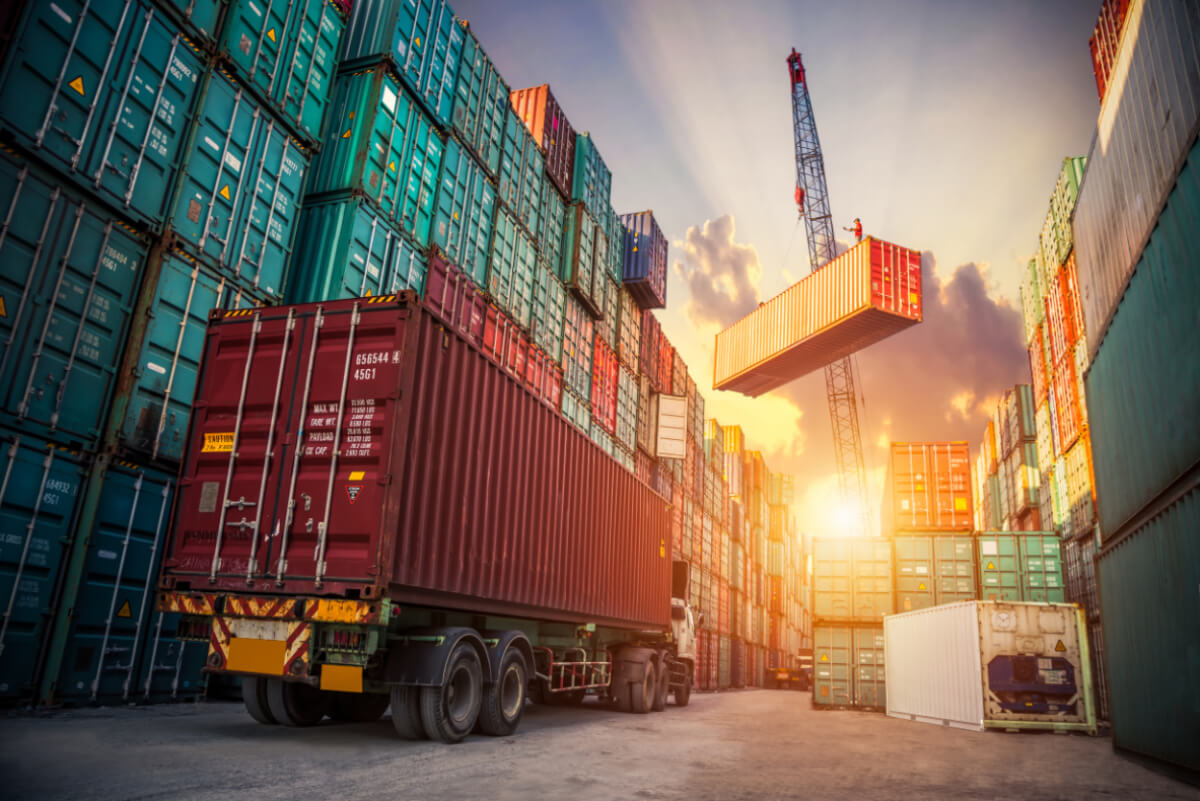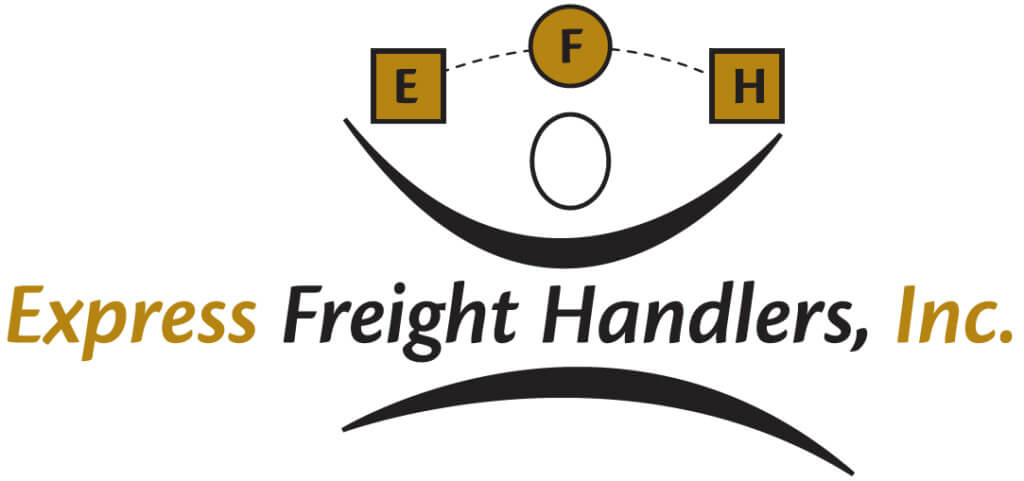
The global supply chain is fueled by demand. Worldwide demand increases the number of containers utilized to move supplies, products, and goods from manufacturers to consumers. That’s why the number of containers moving freight has increased exponentially over the past decade, and now averages over 802 million standard containers annually. This massive amount of freight movement puts the logistics workforce under substantial pressure to meet scheduled timelines, so understandably the margin for human error is high. In fact, the National Cargo Security Council (NCSC) estimates that the global financial impact of cargo loss exceeds $50 billion annually.
These losses are generally passed on to the consumer through compensatory price increases. Additionally, of the millions of dollars worth of assets that are lost to freight damage every year, 65% of the damage is caused by wrong lashing and container stuffing due to a lack of time and workforce training. Which also leads to container damage. In this posting, Express Freight Handlers, a leading lumper service provider, demonstrates the procedures our teams follow to ensure our container stuffing services incur minimal load shifts and potential damages in transit.
Just to be clear, improper container stuffing can lead to several types of damage, including:
- Physical damage
- Wet damage
- Contamination damage
- Reefer-related damage (i.e., performing load-ins despite evident unit temperature loss)
- Infestation damage
When logistics managers have green-lighted lumpers to begin container stuffing, the next action is to examine the freight itself. Focus on the following:
- Symbols on packages: Read the signs and instructions on boxes, i.e.: “This side up.”
- Heavy cargo: Incorrectly loaded heavy cargo can be one of the most common causes of freight damage. Key to proper container stuffing is distributing the cargo’s weight evenly over the floor area, and making certain the greater weight is placed between the front and rear axles.
- Do not place heavier items near the sides, as they could damage the container on impact or during movement. The heavy cargo position should be below lighter cargo to ensure the container’s center of gravity remains low and therefore more stable.
- Fill Any Voids: The space between cargo should be filled with dunnage – the stuffing material that cushions goods and avoids damage. Dunnage material includes timber beams, empty pallets, basic foam, and inflatable bags.
- Dangerous Cargo: The shipping of dangerous goods has special requirements and therefore, it is crucial to follow instructions to avoid damage and ensure the security of drivers, lumpers, receivers, and warehouse personnel. When dangerous goods are loaded, it is important to mark the packages and indicate the IMDG code clearly. Also, dangerous goods should be stowed next to the container door and never mixed with sensitive goods.
- Wet/ Liquid Cargo: Segregate wet/liquid cargo from dry cargo. Liquid cargo should be under solid load.
- Container Surface: For additional security and greater stability, use non-slip surface material to avoid sliding cargo. This will facilitate loading and unloading freight as well.
- Security: It is important to use the right blocking and lashing methods to secure the load. As needed, single loads should be tethered and secured. Remember not to overstress security devices or exceed the prescribed container capacity.
Depending on the type of cargo, there are different ways to load the container.
- Homogeneous cargo: If all freight is the same size, then the container’s total volume can be utilized.
- Cartons and packages: It’s recommended to bond the cargo in blocks to give them greater stability.
- Bagged Cargo: Bags should be stowed in interlocking layers because they tend to fall in the edges of the container, causing pressure on the walls.
- Drums and barrels: They should be stowed upright if possible, or at least with the bung uppermost. It is important to cover them with soft dunnage.
- Rolls: It is more stable to stow closely together and upright. The spaces in between should be filled with dunnage.
- Palletization: Select the correct pallet size for the freight, such as the standard type (1000mm x 1200mm) or the euro pallet (800mm x 1200mm). Depending on the load, fill any spaces with dunnage for added stability and security.
Express Freight Handlers’ teams load and unload over a million trailers and containers every year, in over 38 states. Learn more about the services we offer by contacting our team today!

